Collector spotlight.
Collector
spotlight.
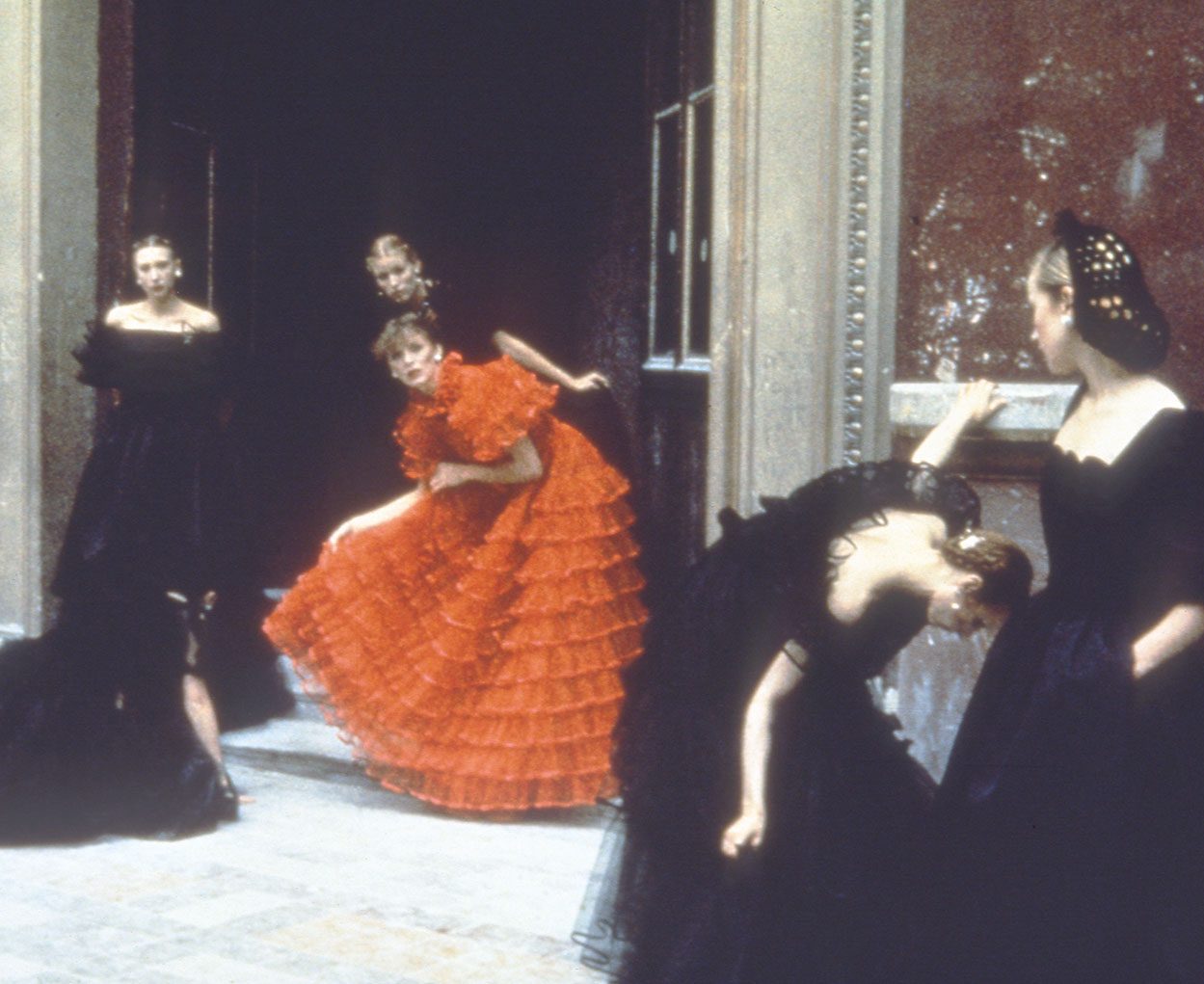

© Deborah Turbeville / MUUS Collection
This interview was originally published by the APAA (Association of Professional Art Advisors), November ‘23.
Q.
and its focus. Has the focus changed over time?
and its focus.
Has the focus changed over time?
A.


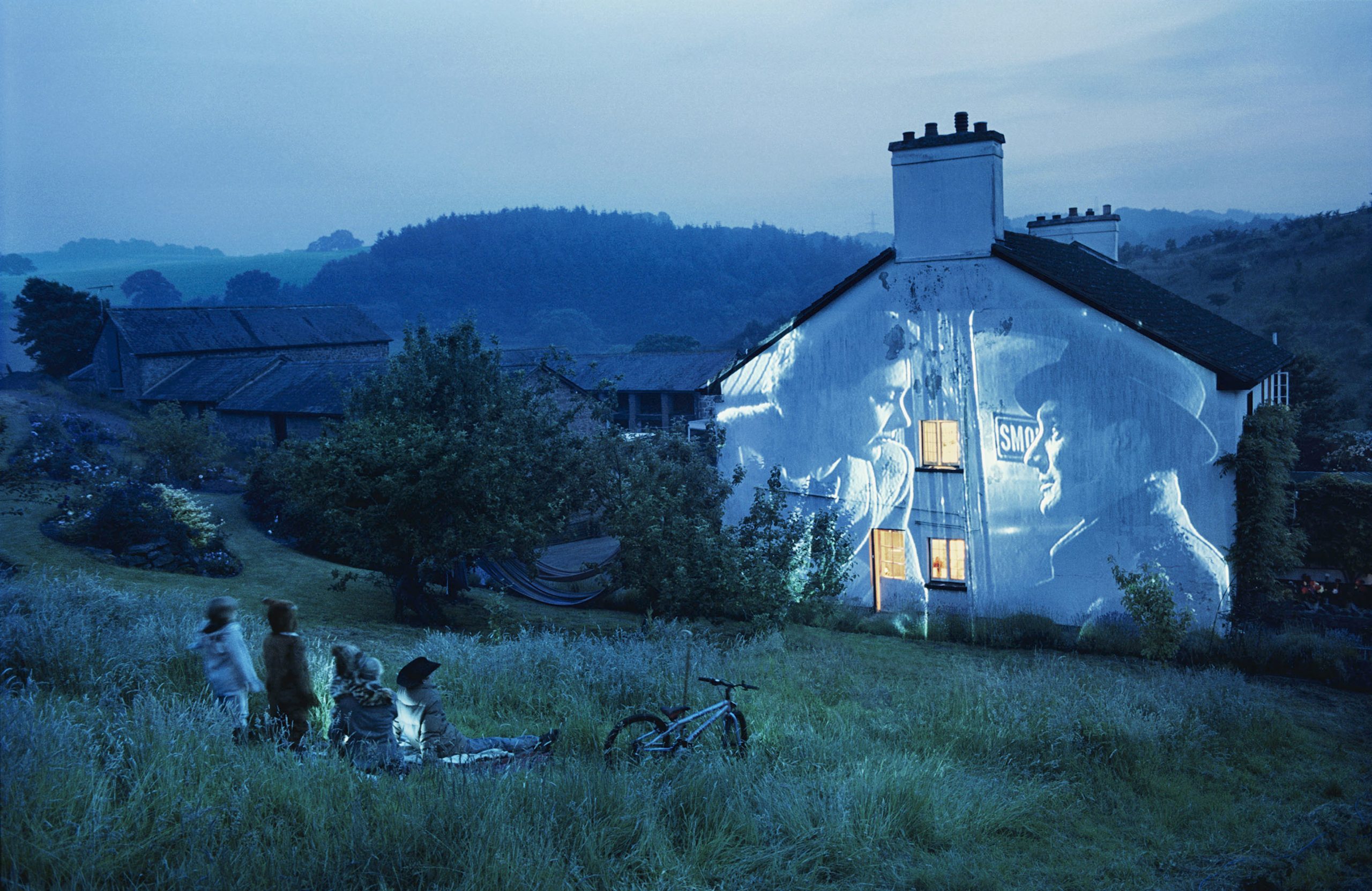

Courtesy Michael Hoppen Gallery
© Tim Walker
Q.
work in the collection?
work
in the collection?
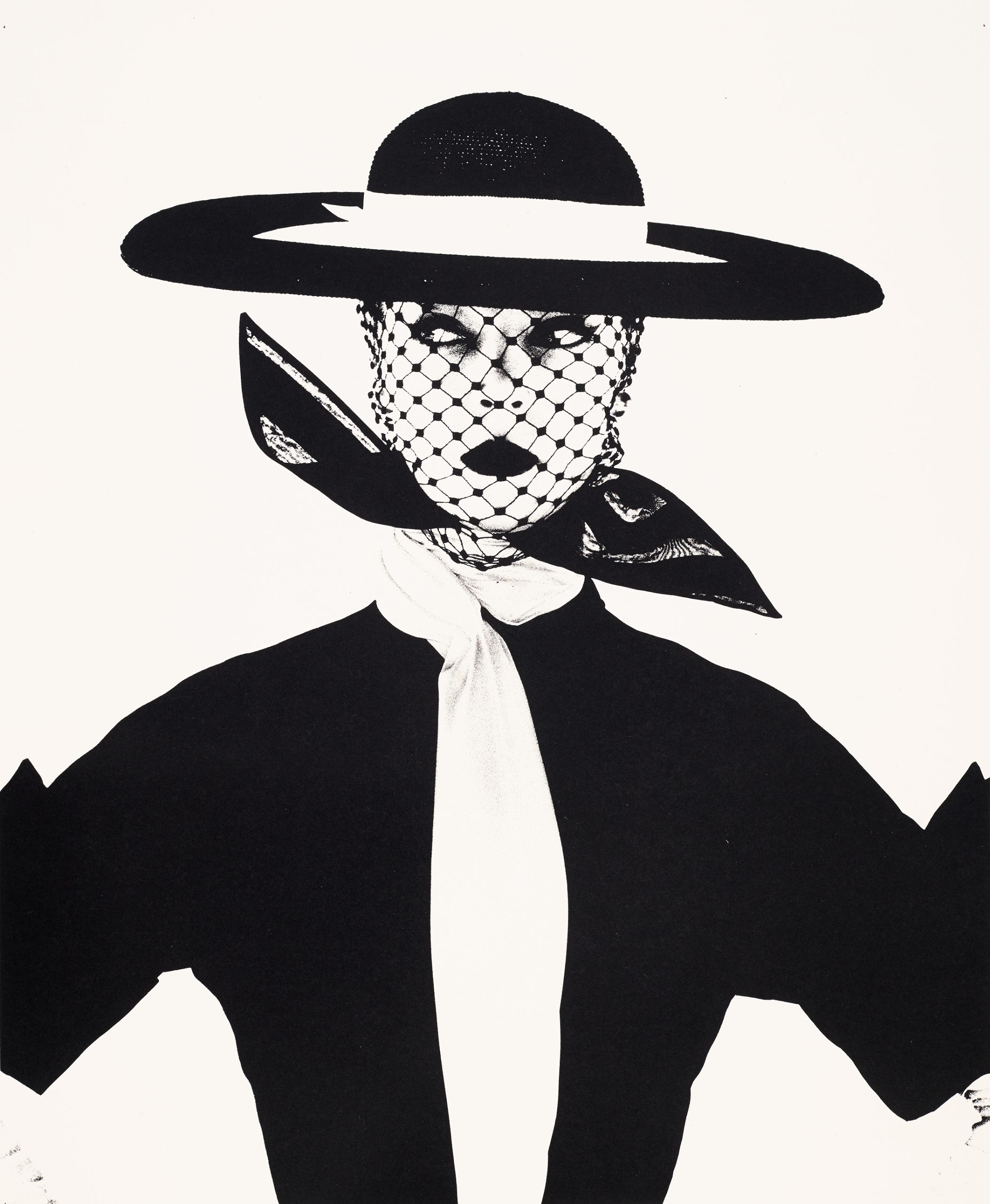

© The Irving Penn Foundation
A.




© The Irving Penn Foundation
Q.
you’d like to share?
you’d like to share?
A.


Q.
with Diana Poole?
with
Diana Poole?
A.


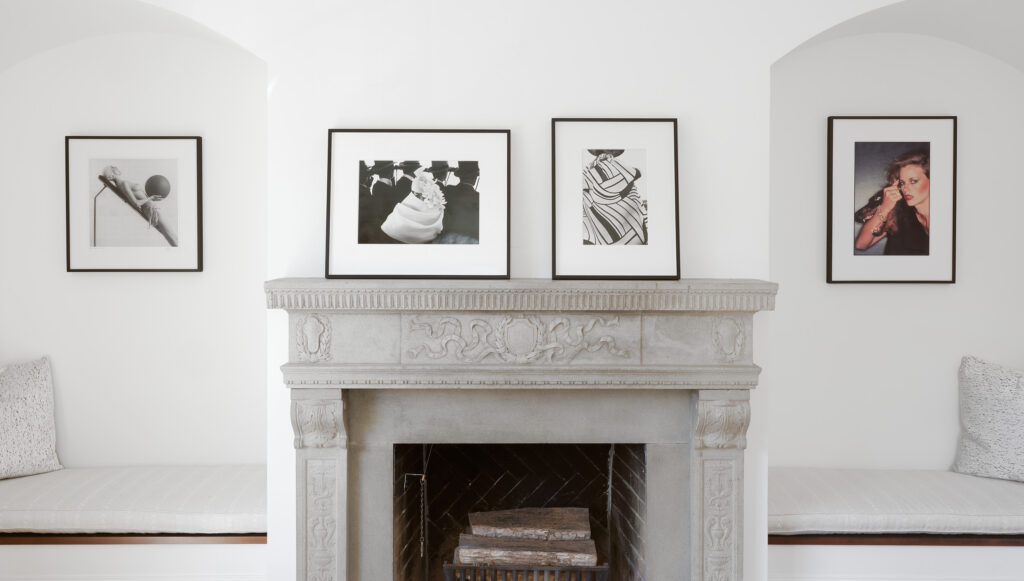
Q.
as a collector?
YOU,
as a collector?
A.





A.

How hasn’t she? As I said, I had no idea where to start before I met her, and I probably would have ended up paying exorbitant amounts for a random collection of rubbish without her guidance.
More specifically, she has provided access to a wide range of trusted sources – galleries, artist studios, private collections, archives, and curators. Many of the works in the collection have come courtesy of Diana’s sleuthing and long-standing relationships with the right people. I’d never find my way to ninety percent of them without her, and it would take me far longer even if I could. She also helps me with framing, logistics, storage, and installation. Even import taxes. None of that stuff is easy or much fun…
Diana is also my teacher – sharing her expertise and guiding my journey. She will indulge my frequent detours – running with them if they have merit, and patiently guiding me back to reality if they don’t. She pushes me out of my comfort zone, broadens my creative horizons and helps me see things I otherwise would have missed. After seven years of working together I think we understand each other well and our conversations are now more of a two-way sounding board – which I really enjoy.

Q.
to working with
an advisor vs. buying on your own?
to working with an advisor vs. buying on your own?
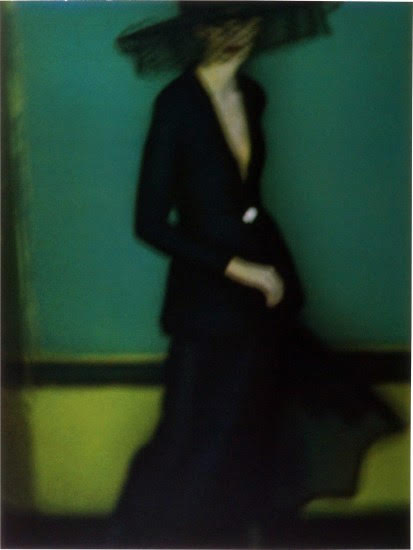

© Sarah Moon, Paris
A.

The art world is, in a word, “opaque”. Honestly, without a trusted guide I don’t really know how you navigate it with confidence. And the financial aspects of this are meaningful.
Firstly, if I buy anything on the primary market, Diana can usually negotiate a discount which is 1.5x and 2x her commission. So there is value right there. Plus she does all the work.
Secondly, if I am interested in anything at an upcoming auction, I will always discuss it with Diana. She will talk to the auction house specialist and get a more detailed condition report than is often available to the average bidder – frequently they will take the picture out of the frame for her, let her look at the corners, and show it in a raking light to identify any blemishes, scratches, sun damage or cockling. And, finally, we’ll have a discussion about the price. She will often say something like “If you can get that for the mid-estimate I would, but please don’t go much higher”. Or “that estimate seems really high, I am not sure this is the moment for that work because another will come up at some point”. Very occasionally she will get very excited and tell me that a work is “a little gem!!” and I should move heaven and earth to get it. There are a few of these hanging in my living room.
Diana’s network and finger on the pulse also brings a lot of value. I recently got the last print in an edition I had had my eye on some time but had demurred on in favor of other priorities. She emailed me and said: “Now’s the time or you will lose it and you won’t see one at auction for years”. I bought it the next day. She also emails me and says things like “I just heard so and so is having a retrospective at such and such (highly-respected museum), I think we should move them up the priority list before interest spikes”. She has also identified at least one fake. I won’t mention the artist or the institution that was selling it.



© Sarah Moon, Paris
Q.
that Diana helped you discover?
that Diana helped
you discover?
A.


Q.
what other services do advisors provide?
what
other services do advisors provide?
A.

Most collectors are time-poor, and art advisors do a lot of the legwork for you. Diana has found every shipper and installer I have ever used. She introduced me to my framer, with whom I also now have a highly trusted relationship. And she is tireless in hunting down the right work at the right price at the right time.
Diana also provides access to a broad ecosystem of industry experts and specialists. She sends me relevant articles and publications and invites me to more events than I could hope to attend. I am going to make time for more of them one day. Les Rencontres d’Arles is high on my list…


Q.
for your collection / collecting journey long-term?
for your
collection / collecting journey long-term?
A.

